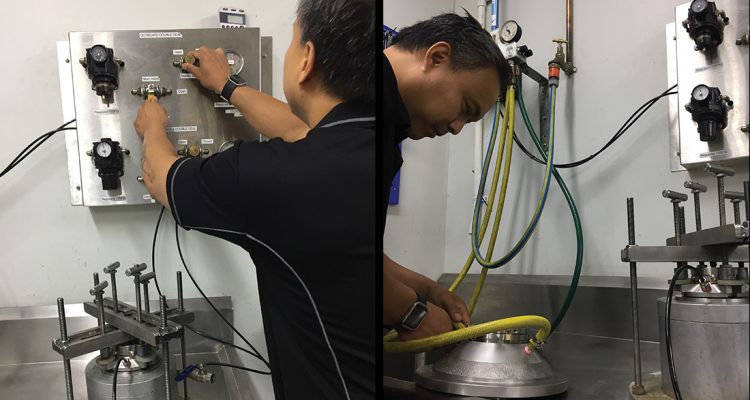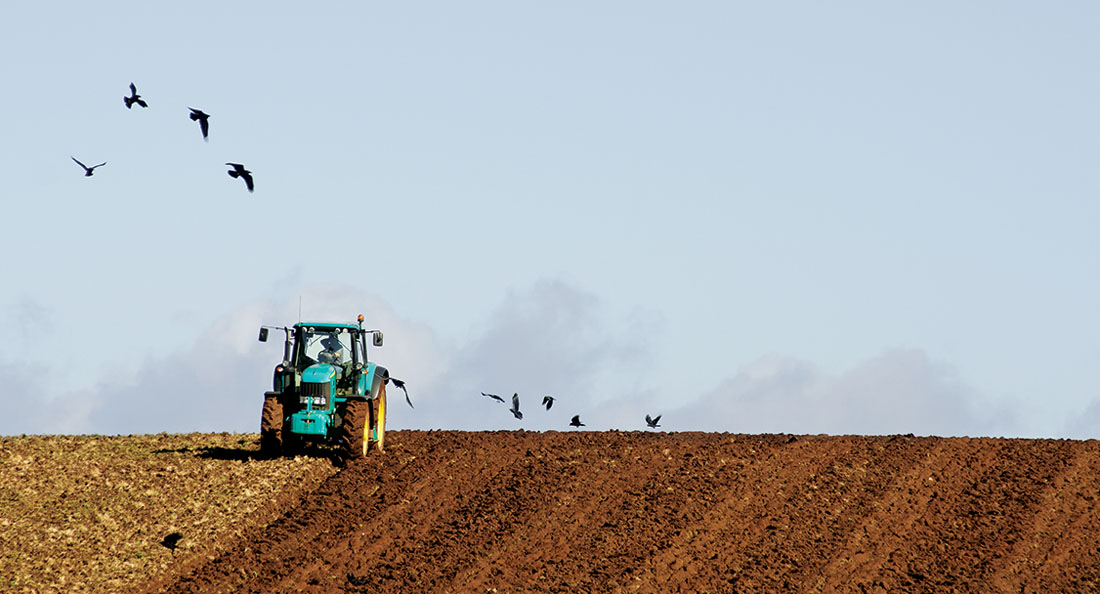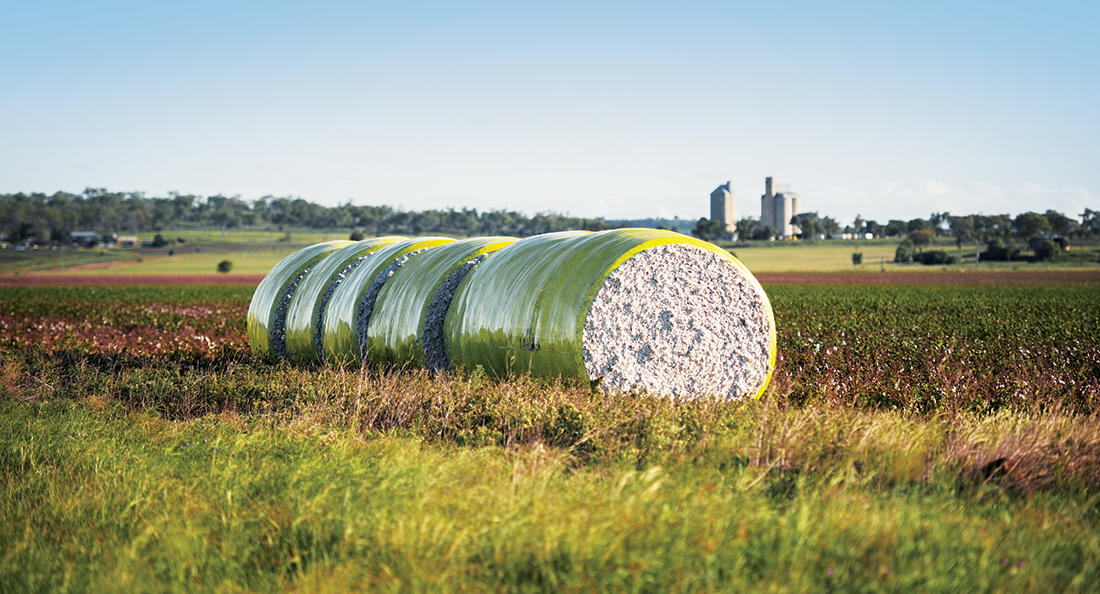Seal refurbishment is a cost-effective solution for prolonging the life of a piece of equipment. And as far as refurbishments go, “Sealing Solutions is widely accepted as the largest independent seal repairer in Australia,” says Garry Noble.
“It’s all in the spectrum of sealing repair work we do and our rigorous testing methods— these factors set us apart from our competitors,” he says, before he elaborates: “We have a general knowledge of everybody’s seals, whereas most of our competitors only understand how their own seals work because they prefer to make their own seals.”
“If the component is out of date or out of manufacture; we can repair, modify, or swap to bring it back up to industry standard. If someone else can’t do it —we can.”
As a Technical Engineer at Sealing Solutions, Garry brings a highly specialised approach to the Sealing Solutions team, backed by years of experience across different industrial sectors.
Since the business was founded in 1995, the Sealing Solutions team have worked tirelessly to establish a seal refurbishment model that has changed the way sealing solutions are supplied in Australia.
“It’s a process we have evolved over 25 years,” says Co-Founder Luke Carlon.
“We have developed a series of fundamentals checks and balances that we go through when restoring a seal, and we know that putting a seal through these processes will get it as close as possible to the original spec.”
In addition to restoration, Luke notes, Sealing Solutions has developed some test rigs that are to their own design.
“We cover a diverse cross section of industries, and as such, have developed a flexible array of in-house testing procedures that are in line with individual client needs and seal designs,” he explains.
“We use API682 seal leakage testing as a standard, but individual sectors often require more than just a single test by one industry body. Some clients require the addition of wet seal testing, increased pressure testing, or longer testing times.”
Sealing Solutions can test single or double seal arrangements to a range of pressures, fluctuating between seals to simulate the variable pressures during service.
Air pressure testing can be done up to 6 bar, while wet seal testing can go up to 5 bar with the ability to add constant water flow barrier supply.
In addition to these methods, the Sealing Solutions team have developed their own unique test rig with inserted (shrunk) fit faced seals to test the integrity of the inserted face fit.
This unique point of difference has allowed Sealing Solutions to build a good rapport with seal manufacturers and OEMs.
“We are recognised on the market because other people just aren’t testing seals the way that we are testing them,” says Garry. “Seals require rigorous testing to achieve confidence, so we test to a higher standard.
“We can apply a new seal supply warranty to our refurbishments,” he adds. “Our testing methods are part of how we guarantee a seal’s integrity.”
“Additionally, we can reverse engineer customer seals and restore the integrity of the original components. We have tested the seals we have refurbished on equipment, versus the OEM seals. And in some cases, our seals have outperformed the original specs.”
Sealing Solutions enjoys a good rapport with their customers as well, working closely with their clients in the initial stages of a repair to test components and assess costs.
“Customers appreciate that we do a lot of testing for them before we even provide a quote,” says Luke. “The testing process helps us get from point A to point B more quickly. It helps us to determine what parts need to be replaced and what can be restored. This is just one of the ways we keep costs down for our clients.”
The team also takes care to keep track of the life cycles of their repairs.
“We have tried and tested methods that are proven by feedback from our customers,” Luke concludes.




